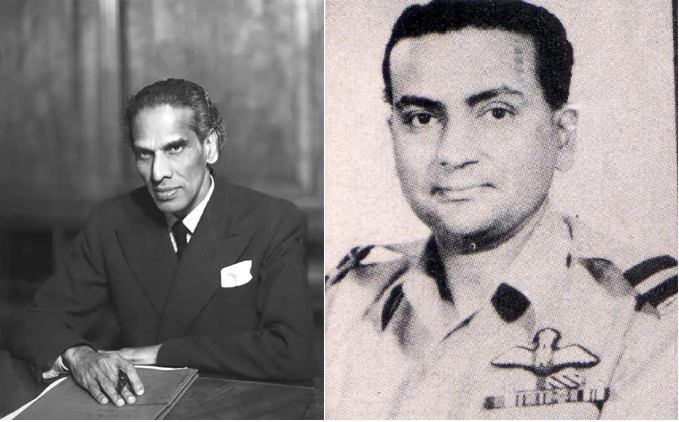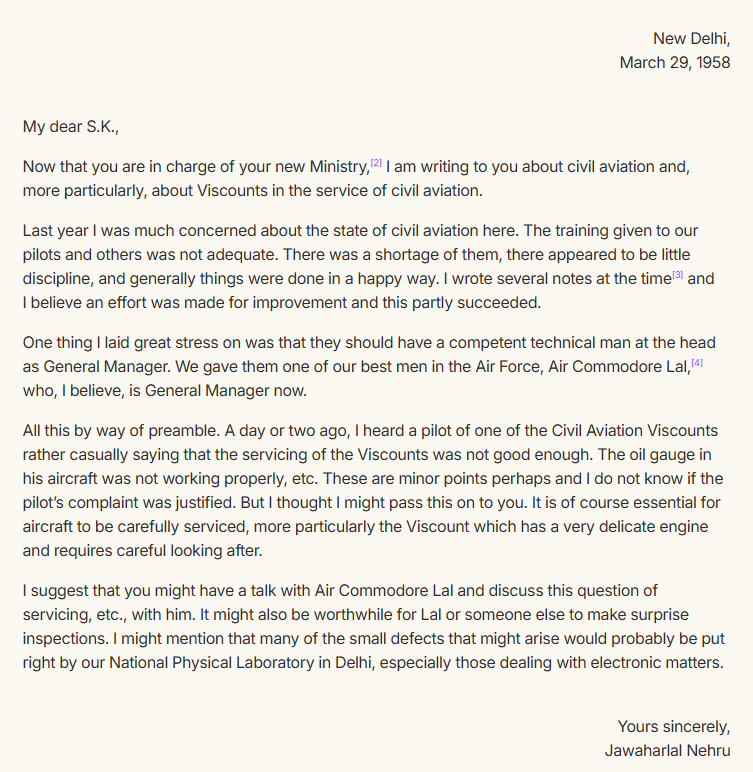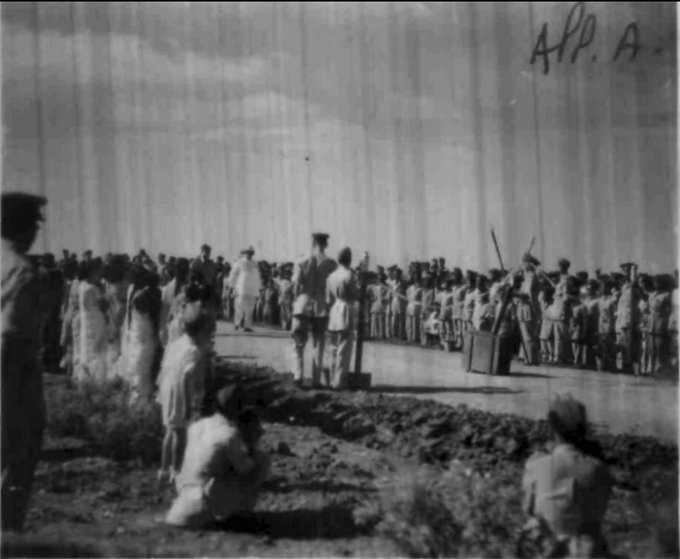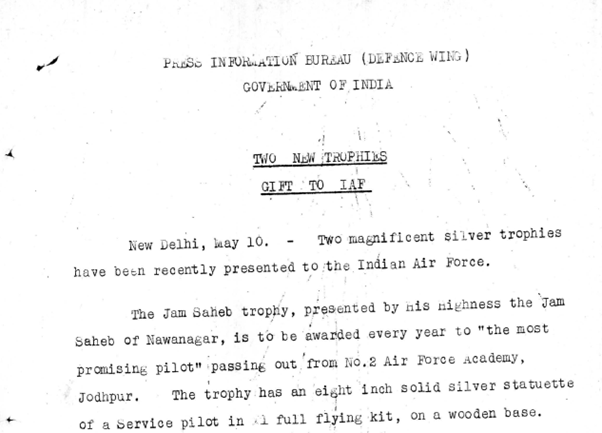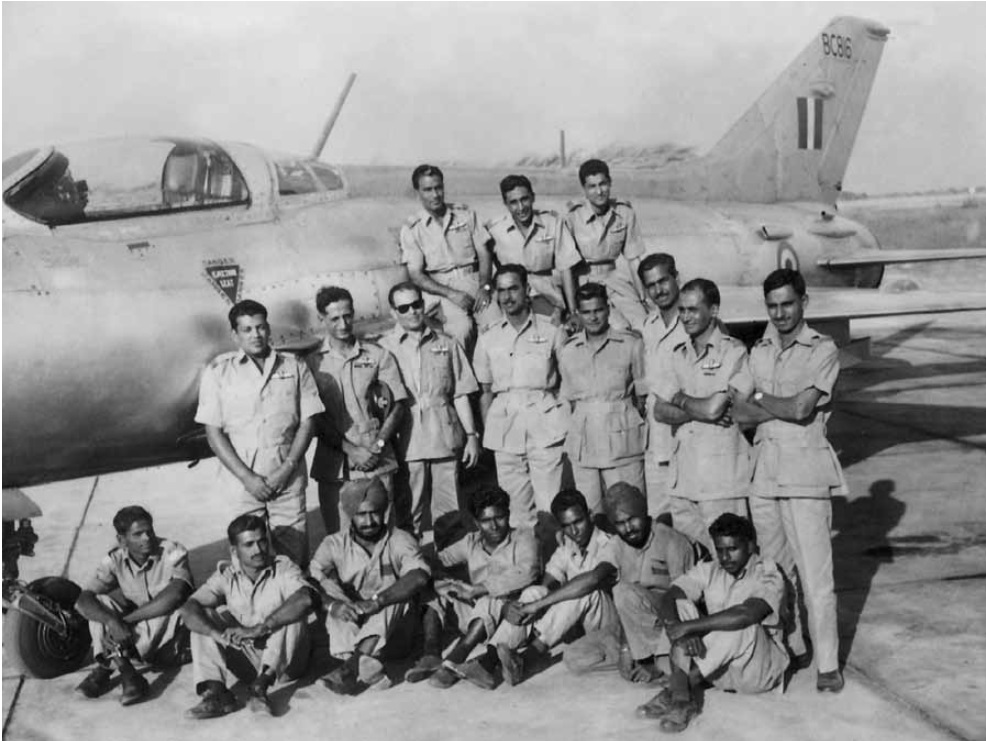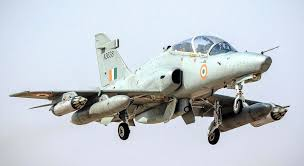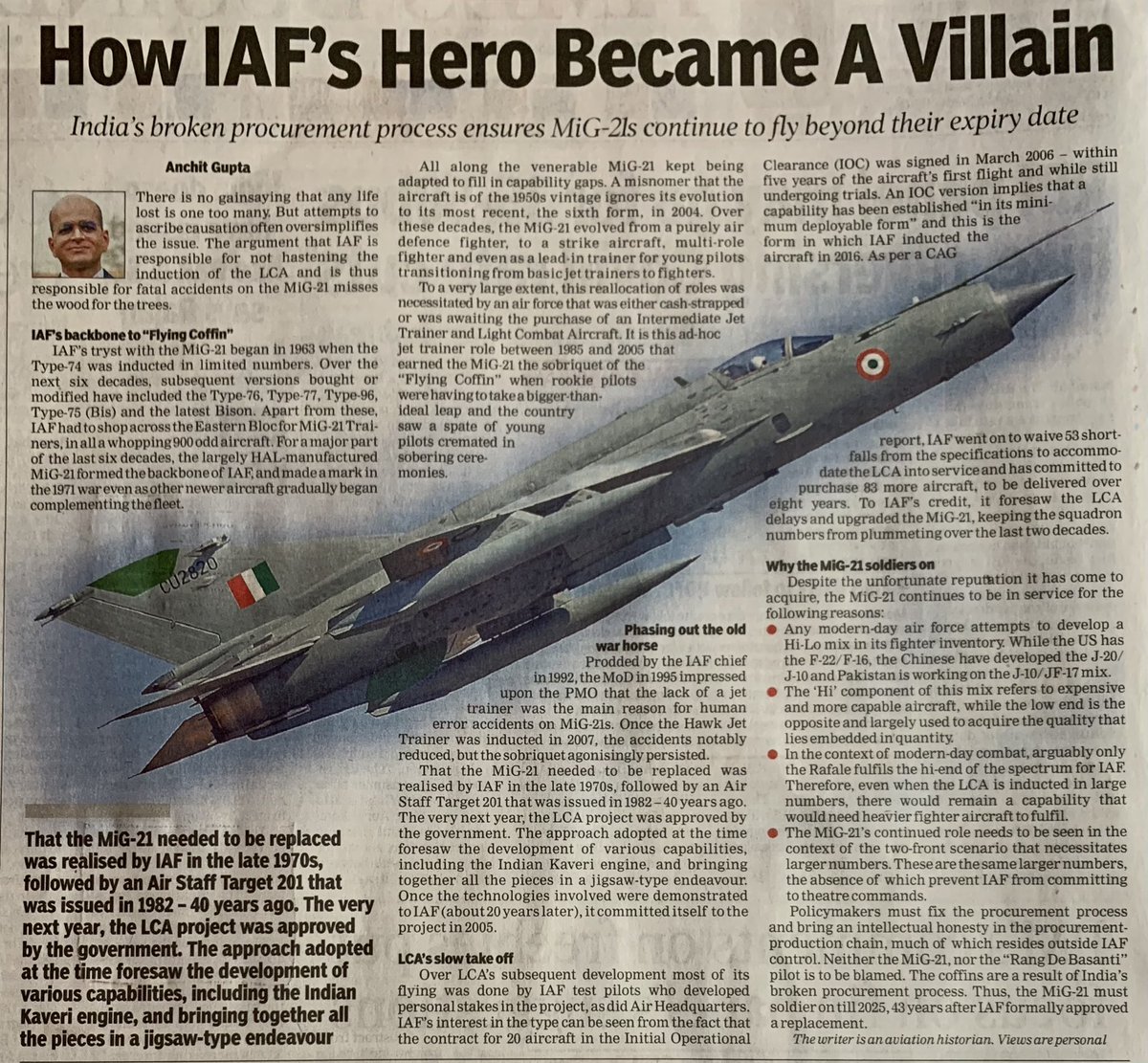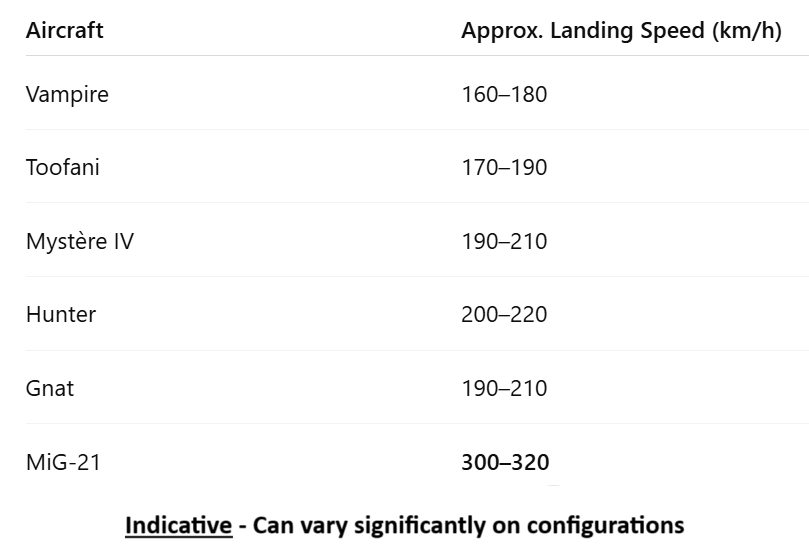Air Mshl Douglas George King-Lee, AVSM PVSM is the oldest surviving Air Mshl of the @IAF_MCC . He was commissioned in 1944 & served in WWII. This thread lives through his exciting career that culminated with a tenure as AOC-in-C of Eastern Air Command in 1983. #IAFHistory (1/12) 

Born and raised in Nagpur, he was selected for the 27th Pilot Course & reported to Initial Training Wing Poona in 1943. He did his basic training at EFTS, Jodhpur on the Tigermoth, and was commissioned in Nov 44. He earned his wings at 1 SFTS Ambala flying the Harvard. (2/12) 

In Sep 45, he was thrown at the deep end with his first posting to 8 Sqn, flying the Spitfire at Mingaladon, Burma. He remained with sqn for a year & on return was based at Trichinopoly and Kolar where he experienced an accident on take-off (3/12) 



In July 46, he was posted to 9 Sqn, then flying the Spitfire, Tempest and Harvard. Based at Peshawar and Bhopal, they would do regular detts to Miranshah. Incidentally, his COs would later be stalwarts of PAF - Air Mshl Ashgar Khan and AVM Mohammad Akhtar. (4/12) 

In June 47, he was sent to Central Flying School, UK to be trained as a flying instructor, one of just 70 officers who were sent between 46-50. After his return in Dec 47, he would spend the next 6 years at Air Force Academy Jodhpur training budding pilots. (5/12) 

He is a pioneer of Gliders in IAF. In 1951 he was sent to Fursinghi to convert & assess the first gliders. This was a gliding club started by Raja Sahib of Aundh & was later shifted to Hadpasar in Pune. In 1952 he set up Experimental Glider Training Flight at Jodhpur. (6/12)
Between 1956-59 he would be posted to NDA, Khadawasla to setup the Air Force Trg team on Gliders
and was the Officer-in-Charge. This would set the course for intake of cadets into Air Force from NDA for generations to come. (7/12)
and was the Officer-in-Charge. This would set the course for intake of cadets into Air Force from NDA for generations to come. (7/12)

In 1963, he was posted to setup 21 Wing at Rupsi in Assam, a WWII airstrip. On his recommendation, this plan was dropped. He was instead sent as the first Stn Cdr of Hashimara (16 Wing). A place that was abandoned, forested, wildlife infested but today houses the Rafale. (8/12) 

During his tenure as Stn Cdr, the base inducted two sqn's of Toofani ac and a Mi-4 unit. A tenure as CO of 8 TAC (with 11 Independent Div and 1 Corps), a command of 2 Base Repair Depot at Gwalior, he would find himself in the east on Air Def duties during 1971 war. (9/12)
The day after the war ended he was sent to Dacca, where he moved into the empty PAF Officer's Mess. In 1972, on the establishment of the Indian Embassy, he was appointed as Air Attache. He was asked to stay in Dacca till the end of 1975 as Air Advisor. (10/12)
His contribution to training in the IAF - flying or otherwise, would continue through his career. He was Command Flying Trg officer at Training command from 1959-62, SASO of Trg Command in 1979, and finally commandant of NDC in 1980-82. bharat-rakshak.com/IAF/Database/3… (11/12)
His final years would be of hard operational leadership assignments - AOC of Maritime ops at Bombay, AOC of J&K Air Ops, SASO & AOC-in-C of EAC. Today, 97 years young, settled in Bangalore, "Dougie" is still the thorough gentlemen he was always known as in the IAF (12/12) 

• • •
Missing some Tweet in this thread? You can try to
force a refresh


